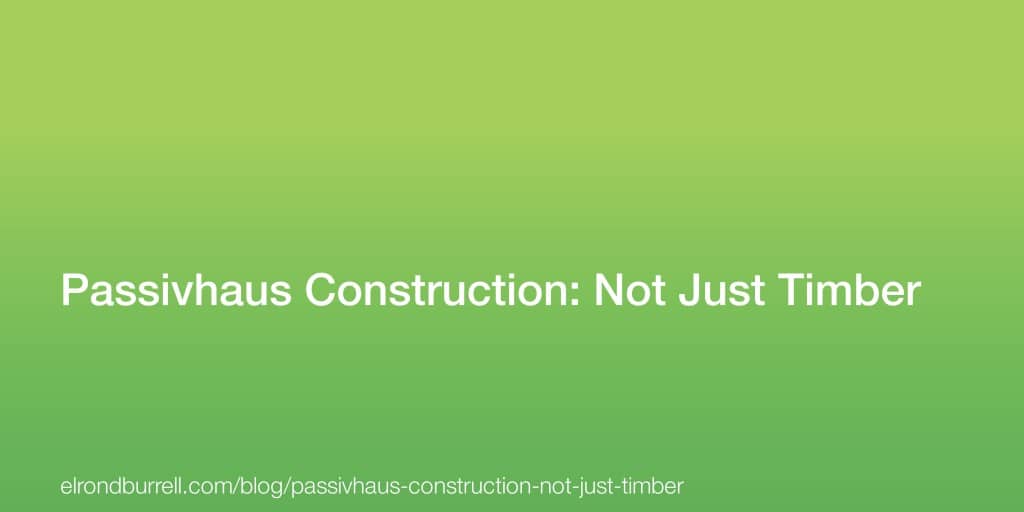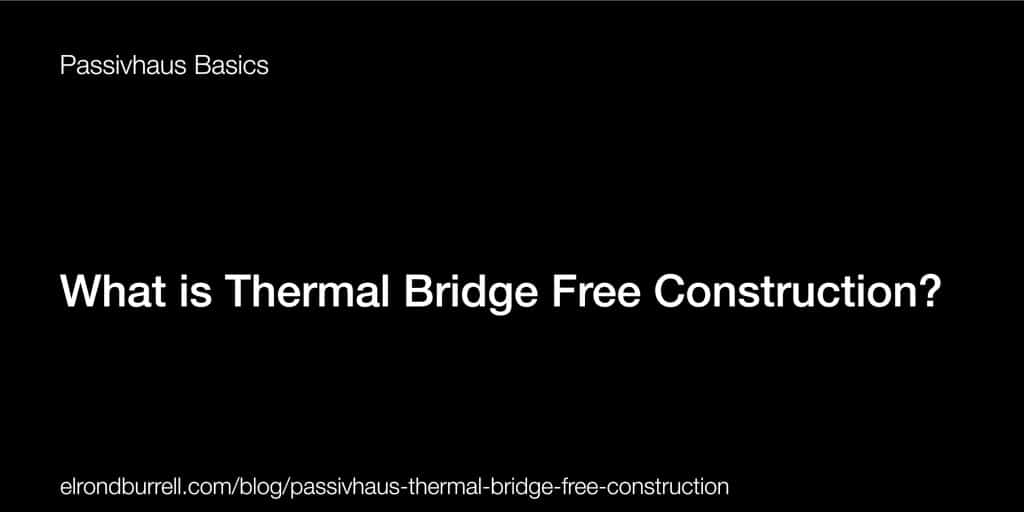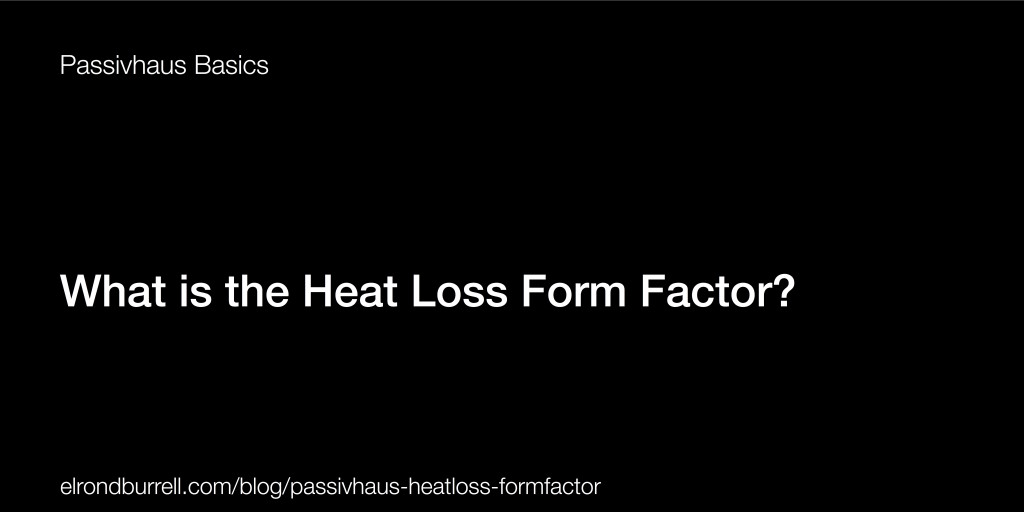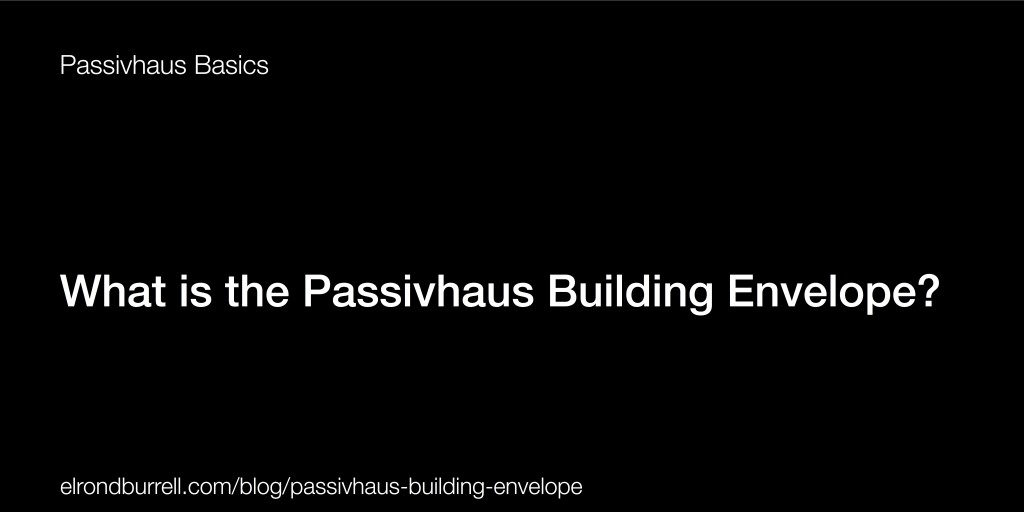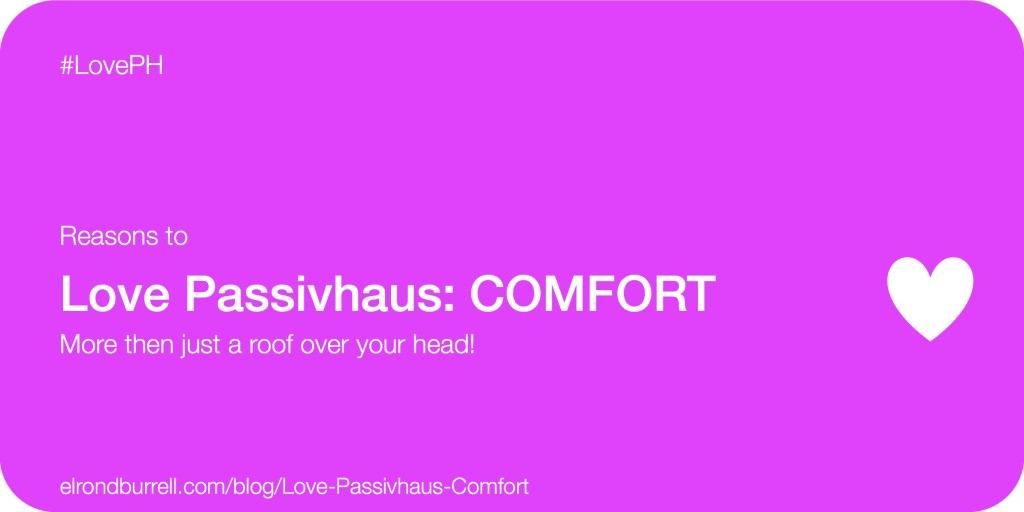Where is all the timber needed to construct more Passivhaus buildings going to come from?
This was a question (paraphrased) asked by a person at a recent presentation I gave about the international Passivhaus Standard. They were clearly under the impression that it was easier / better / necessary to use a timber frame construction system to build to the standard.
I shouldn’t have been surprised since I was presenting on behalf of Architype, where I worked at the time. Architype are leaders in designing Passivhaus buildings and timber buildings, so the majority of the Passivhaus buildings I presented were timber construction.
It is a common misconception that timber is best for Passivhaus construction.
Ironically, there is also a misconception that ‘natural materials’ are not suitable for Passivhaus, therefore ruling out the use of timber.
Neither is true!
The international Passivhaus Standard is a performance standard: many different construction systems are possible.
